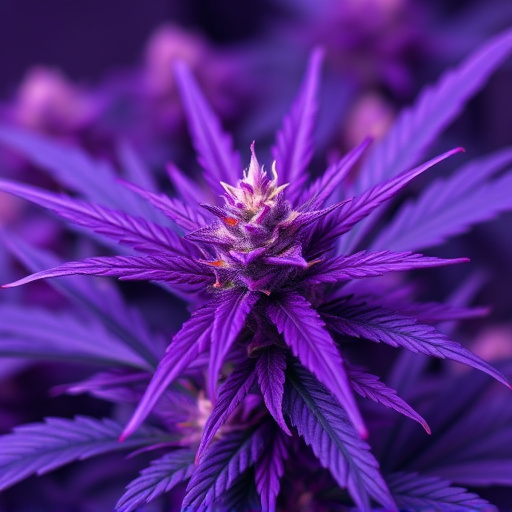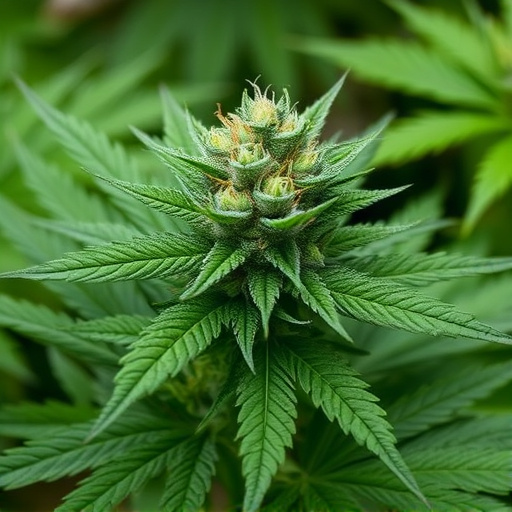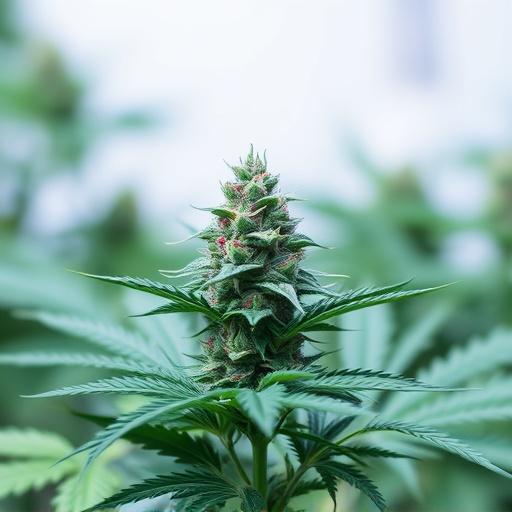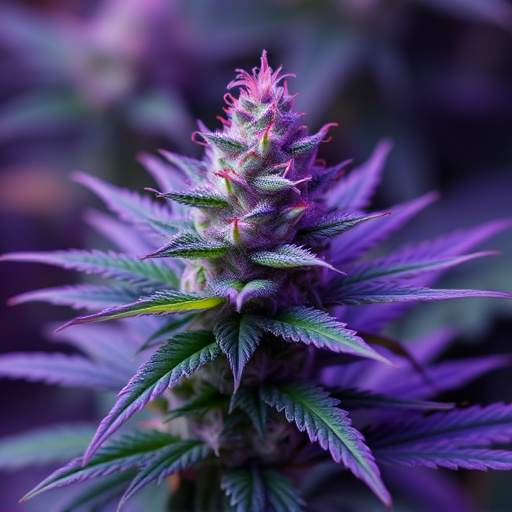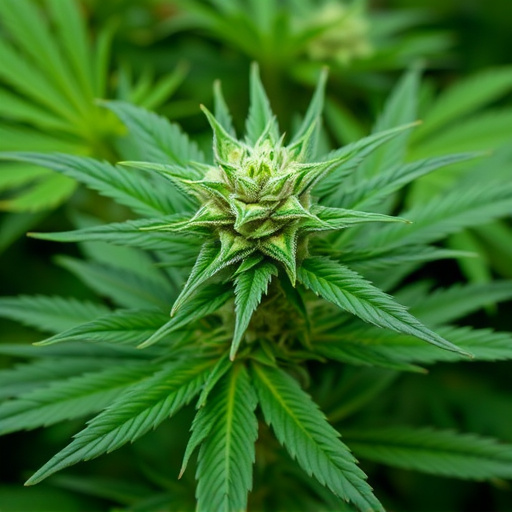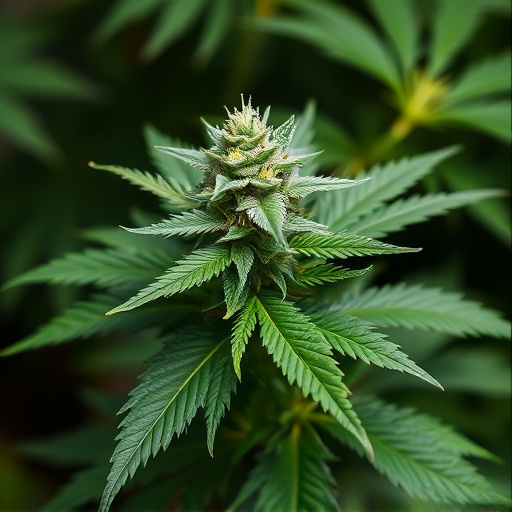Dosing cannabis flower requires individualized consideration of tolerance, desired effects, and strain specifics, including THC and CBD levels. Beginners should opt for high-CBD, low-THC varieties or indica strains with higher THC for conditions like insomnia or chronic pain. Dosages vary based on personal factors; starting low (5-10mg THC orally or 2-3mg inhaled) and increasing gradually ensures safety and effectiveness. The best strains of medical cannabis are chosen based on specific needs, with Indica offering relaxation and Sativa providing energy. Consuming responsibly involves monitoring body response, adjusting dosages accordingly, and avoiding impaired activities like driving.
Unsure about the right dose of cannabis flower? Navigating the world of medical cannabis can be daunting, but understanding proper dosing is key to reaping its benefits safely and effectively. This guide breaks down everything you need to know, including key factors to consider when dosing, recommended quantities for popular medical strains, and best practices for consuming cannabis flower. Discover the best strains for your needs and learn how to use them responsibly.
- Understanding Cannabis Flower Dosing: Key Factors to Consider
- Best Strains for Medical Use and Their Recommended Dosages
- Safe and Effective Practices for Consuming Cannabis Flower
Understanding Cannabis Flower Dosing: Key Factors to Consider
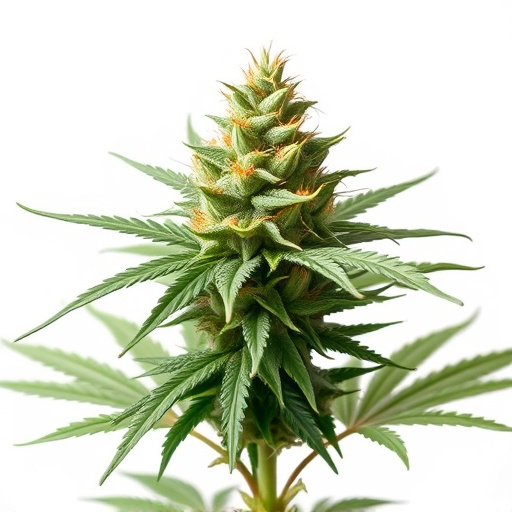
When it comes to dosing cannabis flower, understanding the key factors is essential for a safe and effective experience. The right dose depends on various individual factors such as tolerance, desired effects (e.g., relaxation, pain relief, or creativity boost), and personal preferences. Additionally, the specific strain plays a crucial role; different strains of medical cannabis have varying levels of THC and CBD, which influence how one might react to them.
The best strains of medical cannabis for dosing should be chosen based on these considerations. High-CBD, low-THC strains are often recommended for beginners or those seeking minimal psychoactive effects. Conversely, indica strains with higher THC content may be more suitable for addressing specific symptoms like insomnia or chronic pain. Always start with a small dose and gradually increase until you achieve your desired effect, paying close attention to how your body responds.
Best Strains for Medical Use and Their Recommended Dosages

When it comes to choosing the best strains for medical cannabis, selection should be based on your specific condition and desired effects. For pain relief, Indica strains are often recommended due to their relaxing properties. Popular choices include Granddaddy Purple, known for its soothing effects, and Blue Dream, which offers a balance of euphoria and calmness. For anxiety and stress, Sativa strains like OG Kush or Strawberry Cough can help elevate mood and reduce tension.
Recommended dosages vary significantly depending on factors like tolerance, weight, and method of consumption. As a general guideline, beginners should start with low doses around 5-10mg THC for oral consumption (such as edibles) or 2-3mg THC for inhalation (via vaporizer). For topical applications, start with a small amount (around 5-10mg CBD or THC) and gradually increase as needed. Always remember to monitor your body’s response and adjust accordingly.
Safe and Effective Practices for Consuming Cannabis Flower
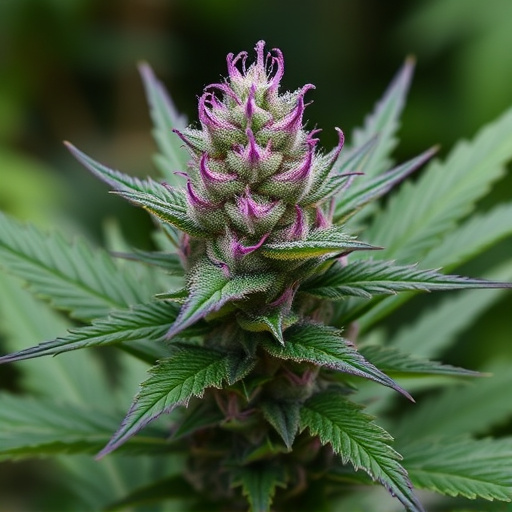
When consuming cannabis flower, adopting safe and effective practices is paramount. Start with understanding your desired effects and choosing the best strains of medical cannabis for your needs. Different strains offer unique profiles of cannabinoids and terpenes, catering to specific medical conditions or desired experiences. For instance, Indica strains are popular for their calming and relaxing properties, making them suitable for managing insomnia or anxiety, while Sativa varieties are known for their uplifting and energetic effects, often preferred for treating fatigue or depression.
Dosage is another critical aspect. Consuming too much cannabis can lead to unpleasant side effects such as paranoia, dizziness, and heightened heart rate. Therefore, begin with a low dose and gradually increase until you achieve the desired effect. Micro-dosing, involving very small amounts, has gained popularity for its potential therapeutic benefits without significant impairment. Always consume responsibly, ensuring a safe and comfortable environment, and never drive or operate heavy machinery after use.
When properly dosed, cannabis flower can offer significant therapeutic benefits. By understanding key factors like individual tolerance, desired effects, and method of consumption, you can ensure a safe and effective experience with medical-grade cannabis. The best strains for specific medical conditions provide valuable insights into dosing, allowing users to tailor their intake for optimal results. Always prioritize responsible practices, such as starting low and increasing gradually, to maintain control over your dosage and avoid adverse effects.

